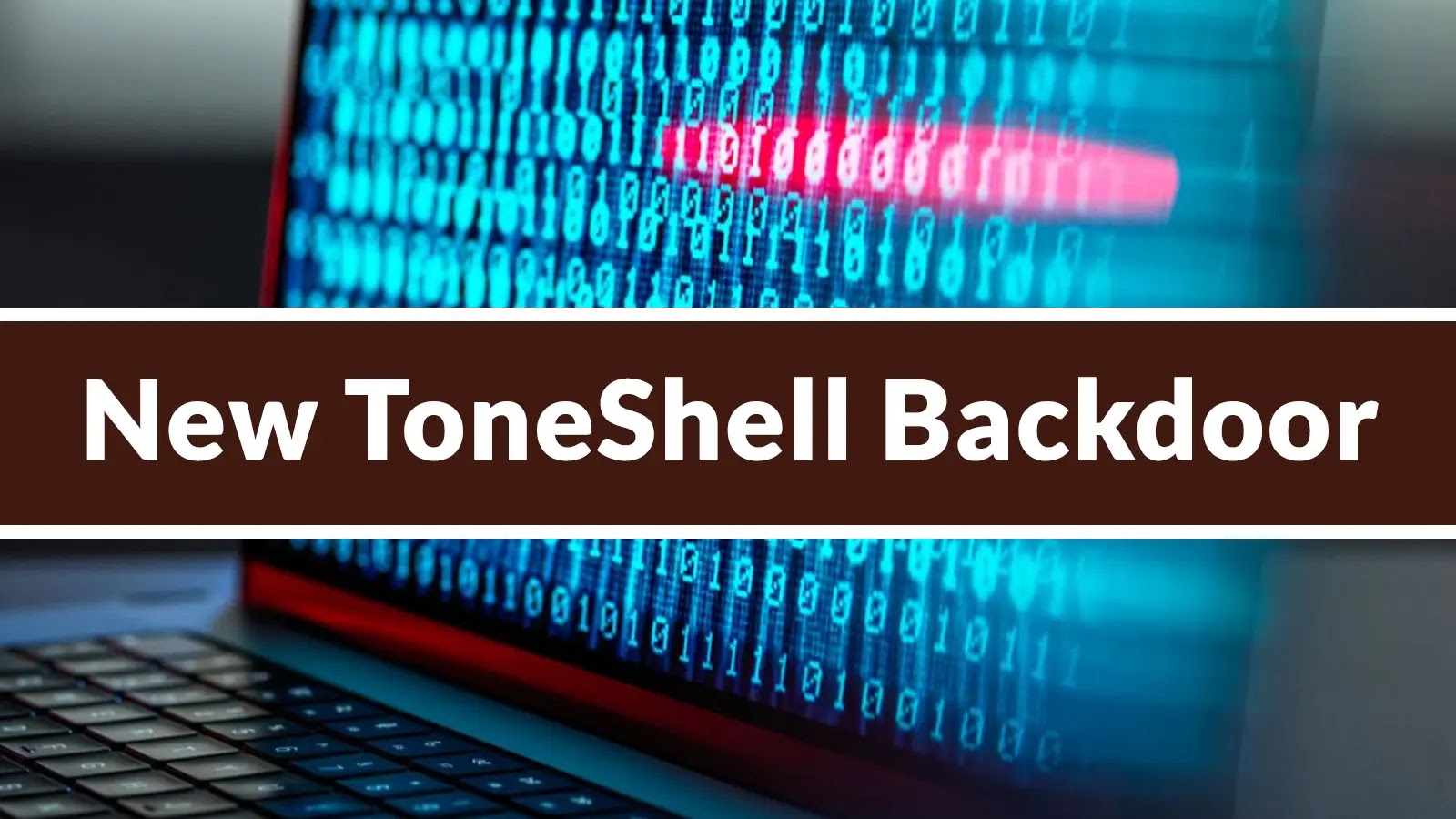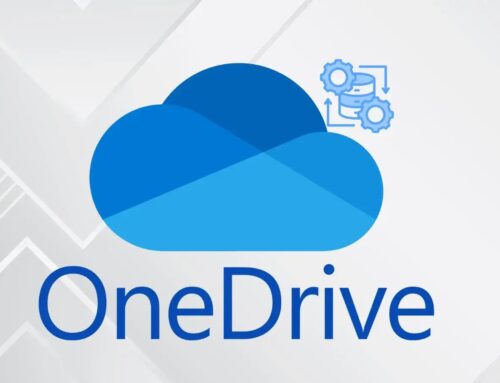
New ToneShell Backdoor With New Features Leverage Task Scheduler COM Service for Persistence
Navigating the Evolving Threat: ToneShell Backdoor’s Task Scheduler Persistence
The landscape of cyber threats is in constant flux, with sophisticated actors continuously refining their tactics. Among these, the advanced persistent threat (APT) group known as Mustang Panda has consistently demonstrated an ability to adapt and innovate their toolset. A prime example of this evolution is the ToneShell backdoor, a persistent threat that has recently adopted new features, notably leveraging the Windows Task Scheduler COM service for enhanced stealth and resilience.
First identified earlier this year, ToneShell has been a cornerstone in Mustang Panda’s arsenal for establishing and maintaining covert access within targeted networks. The latest variant, observed in early September, signals a significant development in its operational capabilities, posing renewed challenges for cybersecurity defenses. Understanding these developments is critical for security professionals striving to protect their organizations from advanced cyber espionage.
ToneShell’s Evolving Modus Operandi
The recent iteration of the ToneShell backdoor highlights a shift towards more evasive delivery and persistence mechanisms. This variant is distributed within compressed archives, often masquerading as legitimate, innocuous content. Once extracted and executed, the backdoor deploys via a sophisticated technique known as DLL sideloading.
DLL sideloading involves placing a malicious DLL file in a directory alongside a legitimate executable. When the unsuspecting user launches the legitimate application, the operating system loads the malicious DLL instead of, or in addition to, the intended one. This allows ToneShell to inject itself into a trusted process, effectively evading detection by traditional security solutions that might flag unknown executables.
The Critical Role of Task Scheduler COM Service
One of the most significant enhancements in this new ToneShell variant is its sophisticated use of the Windows Task Scheduler Component Object Model (COM) service for achieving persistence. Traditionally, malware might rely on registry modifications or direct service installations to ensure survival across reboots. However, the Task Scheduler COM service offers a more discreet and robust method.
- Stealthy Persistence: By leveraging the Task Scheduler COM interface, ToneShell can create scheduled tasks that execute its malicious payload at predefined intervals or under specific conditions. This method is often less scrutinized by security tools than direct startup entries.
- System Integrations: The Task Scheduler is a built-in Windows component, meaning its legitimate use is deeply integrated into the operating system. Malicious activities disguised as legitimate scheduled tasks can blend in with routine system operations, making them harder to distinguish.
- Resilience: Scheduled tasks can be configured to run with elevated privileges and can be quite robust, restarting themselves if terminated. This ensures the backdoor’s continuous operation, even if security measures temporarily disrupt its activity.
The use of COM services for persistence is a growing trend among APT groups, as it provides a low-observable, highly reliable mechanism for maintaining control over compromised systems.
Mustang Panda’s Continued Adaptability
The continuous refinement of ToneShell underscores Mustang Panda’s commitment to bypassing modern security measures. Their ability to quickly incorporate new techniques, such as DLL sideloading and COM-based persistence, demonstrates a mature and persistent threat actor group. Organizations facing threats from groups like Mustang Panda must therefore prioritize defense-in-depth strategies, focusing not only on initial access but also on advanced post-exploitation detection and remediation.
Remediation Actions and Detection Strategies
Defending against advanced backdoors like ToneShell requires a multifaceted approach. Here are key remediation actions and detection strategies for IT professionals and security analysts:
- Endpoint Detection and Response (EDR): Implement robust EDR solutions capable of detecting anomalous process behavior, unusual DLL loads, and suspicious scheduled task creations. EDR can help identify the Indicators of Compromise (IoCs) associated with ToneShell’s activity.
- Application Whitelisting: Employ application whitelisting to prevent unauthorized executables and DLLs from running on endpoints. This can significantly mitigate the effectiveness of DLL sideloading attacks.
- Regular Software Updates and Patching: Ensure all operating systems, applications, and security software are kept up-to-date with the latest security patches. While ToneShell doesn’t exploit a specific CVE in its persistence mechanism, unpatched vulnerabilities can provide initial entry points.
- Network Segmentation and Least Privilege: Segment networks to limit lateral movement and enforce the principle of least privilege for all user accounts and services. This minimizes the impact of a successful compromise.
- Security Awareness Training: Educate users about the dangers of compressed archives from unknown sources, spear-phishing attempts, and the importance of verifying file origins.
- Monitor Task Scheduler: Regularly audit and monitor scheduled tasks for any unapproved or suspicious entries. Tools can be configured to alert on new scheduled tasks, especially those created by unusual processes or with elevated privileges. Specifically, monitor COM interface calls related to Task Scheduler.
- Threat Hunting: Proactively search for signs of compromise using IoCs and behavioral analysis. Look for suspicious network connections, unauthorized data exfiltration, and unusual system modifications.
Relevant Tools for Detection and Mitigation
| Tool Name | Purpose | Link |
|---|---|---|
| Sysmon | Advanced monitoring of system activity, including process creation, network connections, and scheduled task events. | https://learn.microsoft.com/en-us/sysinternals/downloads/sysmon |
| Autoruns | Identifies all programs configured to run during system bootup or login, including scheduled tasks. | https://learn.microsoft.com/en-us/sysinternals/downloads/autoruns |
| Process Explorer | Provides detailed information about running processes, loaded DLLs, and handle information. | https://learn.microsoft.com/en-us/sysinternals/downloads/processexplorer |
| PowerShell / WMIC | Scripting tools for querying and managing scheduled tasks, and identifying anomalies. | https://learn.microsoft.com/en-us/powershell/module/scheduledtasks/ |
Conclusion
The latest evolution of the ToneShell backdoor, with its sophisticated DLL sideloading and the strategic use of Windows Task Scheduler COM service for persistence, underscores the relentless innovation of APT groups like Mustang Panda. For security professionals, this serves as a critical reminder of the need for continuous vigilance, proactive defense strategies, and a deep understanding of evolving adversary techniques. By implementing comprehensive EDR, application whitelisting, and robust monitoring of system internals, organizations can significantly enhance their resilience against such advanced and persistent threats.





